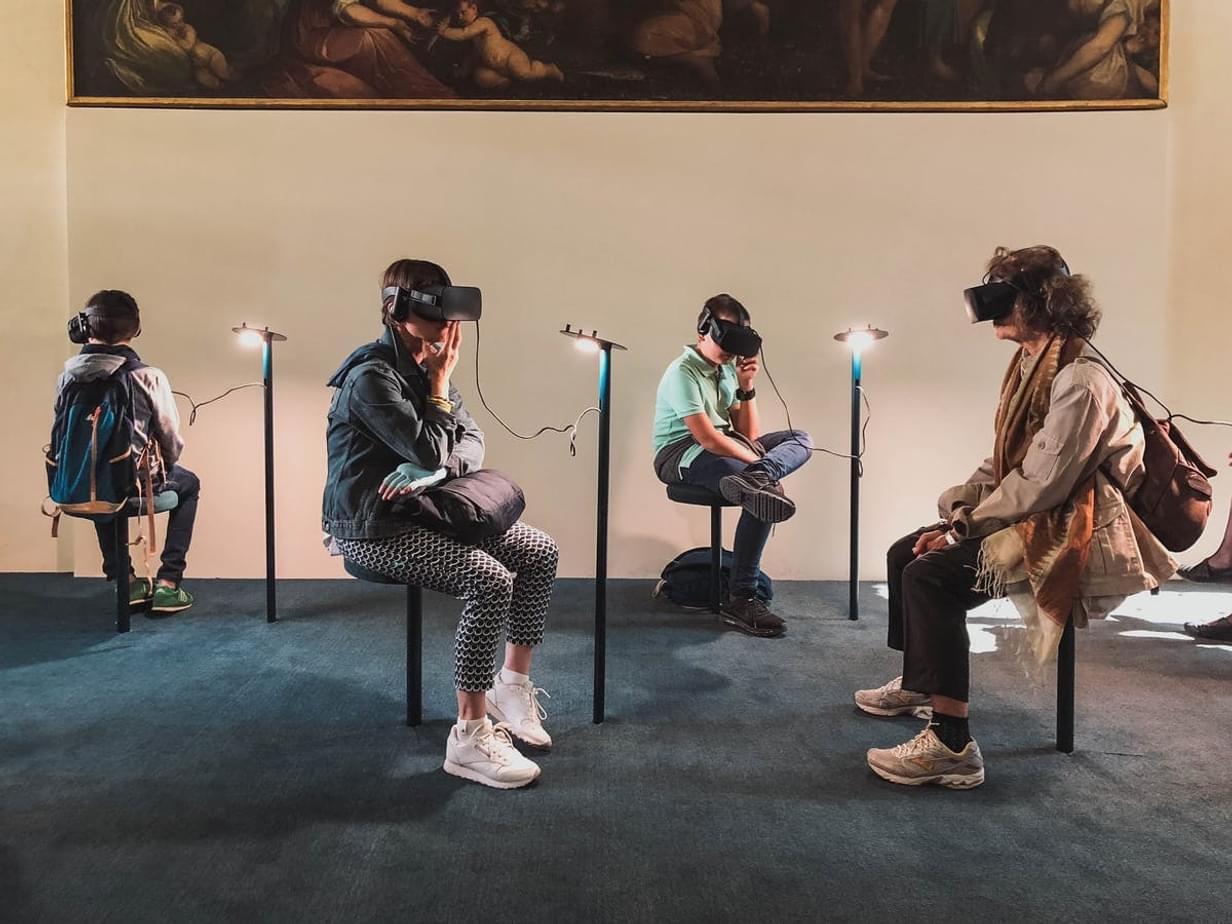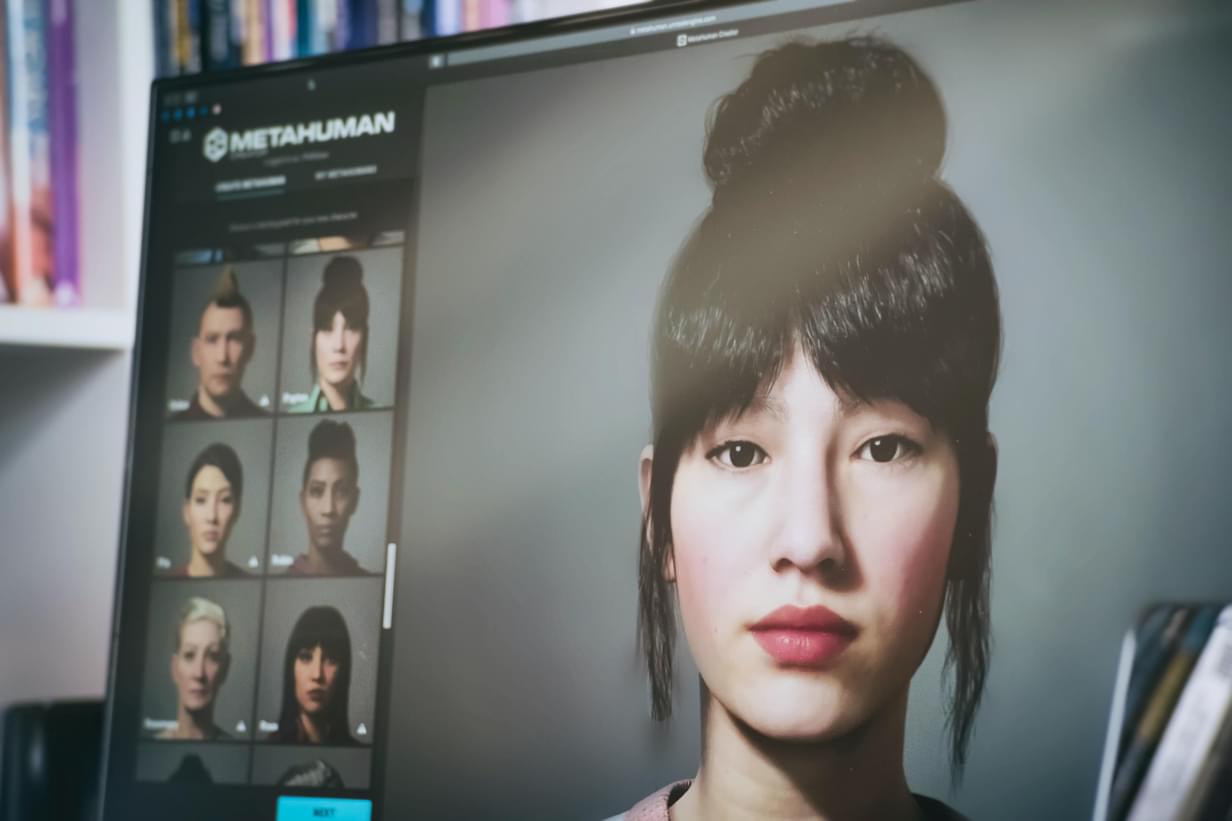How The Metaverse Helps Brands Connect

Alexandra Kuzmina, NOVA Innovation Consultant
14 Feb, 2022 | 5 minutes
In this article we look at how the so-called metaverse is likely to develop, and what it means for brands and how they might connect with consumers in the field of market research.
What is the Metaverse?
After Facebook renamed its company to ‘Meta’, there has been a lot of talk around the Metaverse and what it could mean for our future. There is no universal definition of what Metaverse means. We’re very much at the concept stage where major technology giants are racing to lead the way and define it for themselves.
What can the metaverse be used for?
Meta’s focus is to “bring the metaverse to life and help people connect, find communities and grow businesses.” The move signals that Facebook’s vision of the future is virtual reality, completely immersed, connecting countless digital spaces and realms of our lives into one immersive digital experience. This implies a vision where people work, play and learn.
Socialize in virtual reality (VR), wearing a VR headset, and can seamlessly navigate between these activities and digital spaces.

There appears to be a fundamental debate between the Virtual Reality (VR) vision of a connected world and Augmented Reality (AR). While Virtual Reality is all about a completely immersive experience, Augmented Reality is about adding things to the real world, rather than replicating it in a cartoon fantasy.
It is easier to relate to the AR camp who describe the virtual metaverse as dystopian and dehumanizing, arguing that people would find it more appealing to have their reality enhanced rather than replaced. Indeed, we still live in our bodies, we still need sunshine, exercise, and human connection. Covid-19 lockdowns exacerbated the impact of all-encompassing technology on our mental health. We know that Zoom-fatigue is a thing. No one yet knows what ‘Meta-fatigue’ feels like – but it is only a matter of time!
So what can an alternative vision offer? Developer of Pokémon Go, Niantic CEO John Hanke’s idea of connected world is very different from Zuckerberg's. In his view, the metaverse would be a digital layer on top of our physical reality. This digital layer feels a lot more realistic, plausible (at least in the short term), and useful, solving genuine problems by adding extra objects or information into the real-world environments. This could mean accessing the metaverse in small doses as opposed to recreating the world in virtual reality. There is still room for VR in small doses for things like entertainment, therapy, research, or training.
What does the metaverse mean for brands?
With a variety of apparel brands, like Nike, Balenciaga, and Gucci, dipping their toes into the metaverse and considering how they might represent themselves in virtual environments, large CPG companies are set to follow: extending their omnichannel strategies to the virtual and augmented world.
Imagine doing your grocery shopping in a virtual reality store and then getting your purchases delivered to your real home address. Would it enhance and replace online grocery and indeed shopping overall? What would that mean for manufacturer’s marketing, insight, and R&D teams? Would it require the same amount of research, validation, and diagnostics of how products and packs perform in the virtual retail environment as it does for physical brick and mortar stores? Would it be enough to observe shopper behavior in the metaverse with passive data, e.g. heatmaps of consumer behavior? Or would we need to employ meta human interviewers who would manifest as ‘embodied chatbots’, to elicit product feedback at scale, in virtual stores?

There are many questions about the metaverse that fire our imagination at NOVA, MMR’s tech innovation arm, and the answers will shape where we focus our energy.
How do I prepare my product for the metaverse?

Augmented Reality (AR) represents a viable alternative for early-stage pack and product development; encouraging pack interaction using 3D virtual modelling within people's natural environments. The CPG players that we are working with are already taking advantage of this technology by testing their product and pack designs in Augmented Reality before releasing something physical into the real world. This could have huge potential for saving time and money in prototype development and might reduce your brand’s carbon footprint and improve sustainability credentials. AR is by no means a replacement of physical prototypes, but a part of an extended pack research toolkit.
Consumer experience in the Metaverse
During our experimentation in AR with real consumers, many told us they found the experience very enjoyable, ‘user-friendly’, easy to use, and even ‘fun’. They also commented on how realistic the AR experiences felt, as if the packs were really there ‘in front of them’.
Digital twins in the CPG sector
Despite their relative novelty in the CPG industry, digital twins are already being used by food and drink manufacturing companies to create immersive brand experiences. Digital twins are created from high resolution designs of the pack which may or may not physically exist yet. Digital twins also help all stakeholders get to decisions quicker in different teams and different geographies because everyone can see one version of the truth.
Sensory experience in the Metaverse
The Metaverse represents a huge opportunity for sensory engagement with brands in both AR and VR. It can already engage consumers on a visual and auditory level, physical touch will become even more amplified in the near future with recent releases about haptic gloves.
While smell and taste cannot be conveyed digitally yet, that does not mean the full sensory product experience cannot be carried over into the metaverse. MMR’s sensory panelists can already unpack product experience in real life and translate product attributes into functional and emotional benefits. This then informs a brief for our video production agency to create a sensory charged video that would trigger desire for any product in an immersive shopping environment. The same techniques could be applied across metaverse touchpoints, informing how consumers view and comprehend a product’s real experience in virtual world.
Where Facebook goes, others will follow. The metaverse is coming, and the best way to ensure that you are not left behind is to start dipping your toe in now. At NOVA we are always pioneering new ways of connecting with consumers, in VR and AR, so as we head into 2022, identify those projects that could move into these emerging fields. Let’s get started on this inevitable journey!
For more information or to discuss what the Metaverse could mean for your brand get in touch!
Follow NOVA on LinkedIn here
Schedule a call with us
If you'd like to understand a bit more about us or find out how we can help solve your challenges, check out our team's availability and book in a call at a time that suits you.